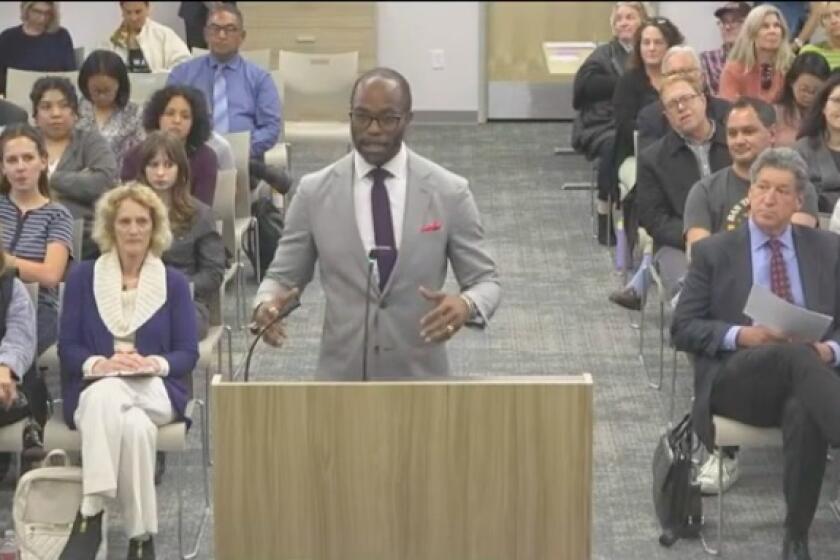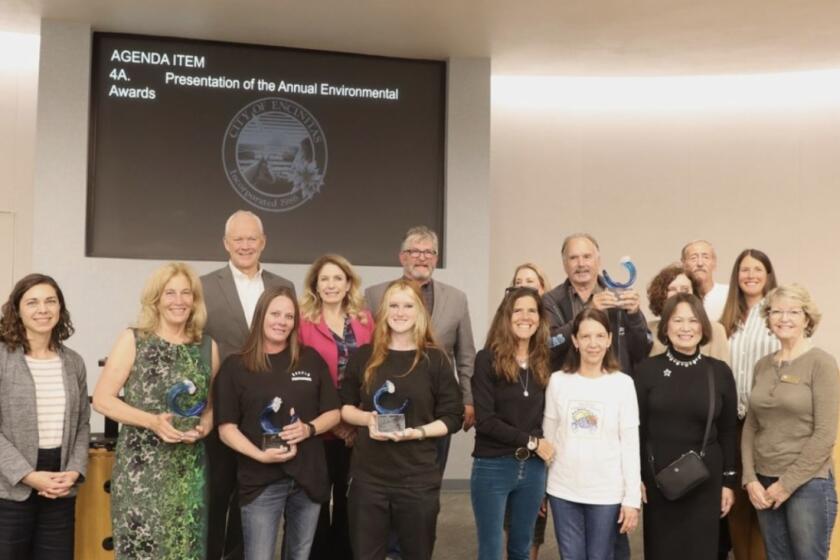The Grauer School’s Mathematical Modeling Team wins Meritorious Recognition
A team of students at The Grauer School in Encinitas competed in the 20th annual High School Mathematical Contest in Modeling (HiMCM), and the team recently received a Meritorious recognition for their entry. In this competition, high school teams from around the world are given 36 hours to create a solution to a mathematical problem of real-world significance. Students are judged on the mathematical content of their solution, as well as their effectiveness in convincing the judges that their solution is optimal.
Grauer seniors Nick Gardner, Kate Matthews, Pete Miller, and junior Bennett Parker started preparing for the competition by studying winning solutions from past years. The team’s 36-hour countdown clock for the 2017 competition started on Nov. 8, when they viewed this year’s competition problems for the first time. The team chose to solve a problem that required simulating the usage of drones to create a light show to replace a traditional citywide fireworks display, including mathematically modeling the drone trajectories and determining whether drone light shows are preferable to fireworks displays. Grauer’s team members were excused from their other classes to spend two days analyzing and solving this very complex problem. On Nov. 9, they submitted their final solution in a 63-page report, which included 2-D and 3-D computer animations for their proposed lightshow, and a cost-benefit analysis of their plan.
When the results from the 2017 HiMCM competition were released on Jan. 26, The Grauer School’s team was excited to learn that they had earned a Meritorious recognition, placing them in the top 20 percent of the 938 teams that competed worldwide. Dr. Peter Mannisto, calculus teacher and the team’s advisor, said, “I’m very proud of our team and their outstanding result.” Dr. Stuart Grauer, Head of School, added, “This mathematical modeling activity incorporated so many Grauer school values including resourcefulness, discovery-based learning, entrepreneurship, and intrinsic motivation. It also supports Grauer’s global perspective as per our charter as a UNESCO affiliate school. These young scholars are the future of engineering and design thinking.”
Mannisto started the Mathematical Modeling team at Grauer last year, to give his students the same rewarding experience he had when competing in the college-level competition at the University of Washington. Mannisto explained, “One of the most difficult challenges is figuring out what math techniques are relevant to solve the problem, which is a very advanced skill that most students don’t learn until they’re in college. It’s intense because teams are only given a short time to solve the problem with no help from teachers.”
Mannisto added, “Students also have to write a summary proposal and cover letter to convince the judges that their solution is the best one, which is an equally important component. You can’t just know math to do well in this competition.”
Reflecting on the competition, all of the team members said they enjoyed the experience and would do it again.
Matthews said, “What I loved about the competition was how much of a team effort it was. Each of us had a specific role, and at the end, our individual pieces came together to form a cohesive solution. It was an intense 36 hours, but the challenging nature made it so much fun.”
Miller added, “This was different from other competitions we’ve done before because you’re intensely focused on the problem with your team over a period of several days.”
Parker said, “This experience gave us great exposure to researching applications of math, and answered the question about what we can use math for in the real world.”
Gardner added, “This challenge increased our confidence in being able to tackle large-scale real-world problems, and confirmed my interest in pursuing computer science as a career.”
Mannisto applauded their efforts by saying, “The team learned how to translate the problem into a framework where they could use math and apply tools to find the right answer, which is an important 21st-century skill they’ll need in college and beyond.”
Sign up for the Encinitas Advocate newsletter
Top stories from Encinitas every Friday for free.
You may occasionally receive promotional content from the Encinitas Advocate.






